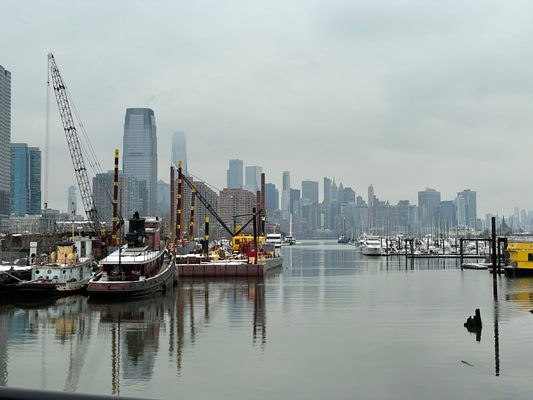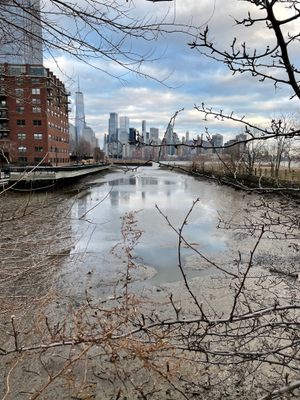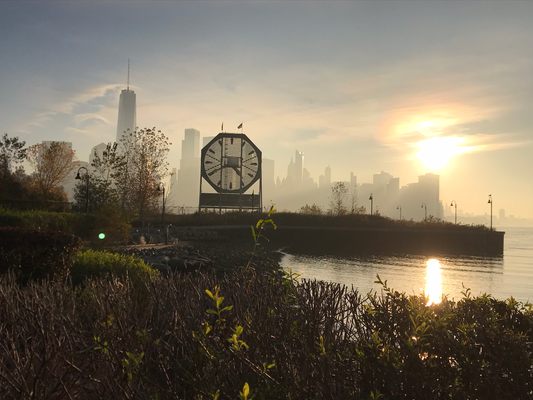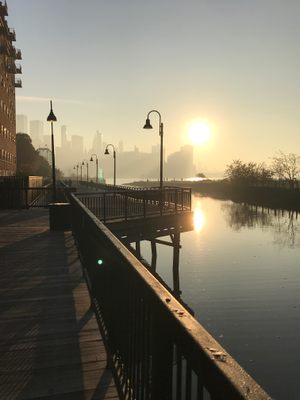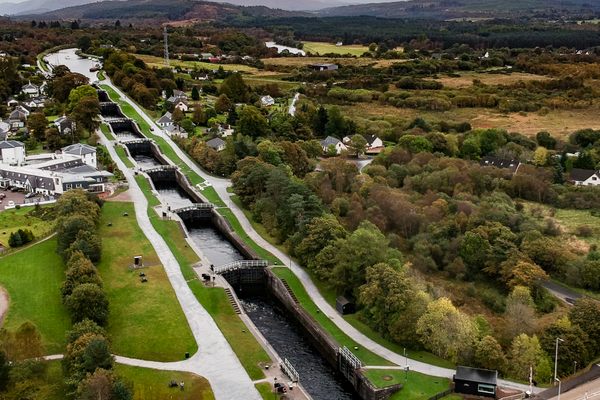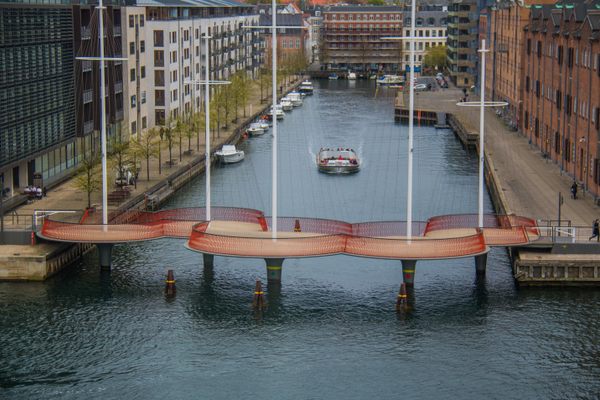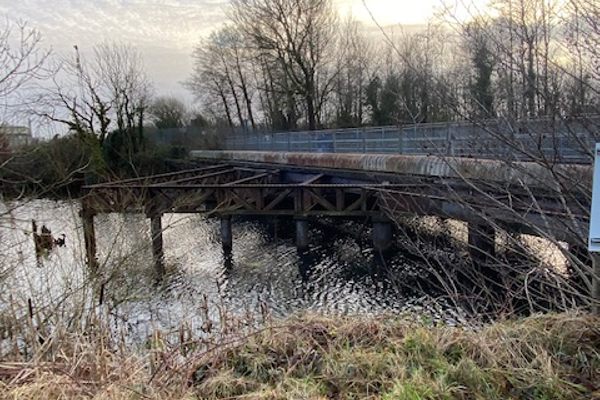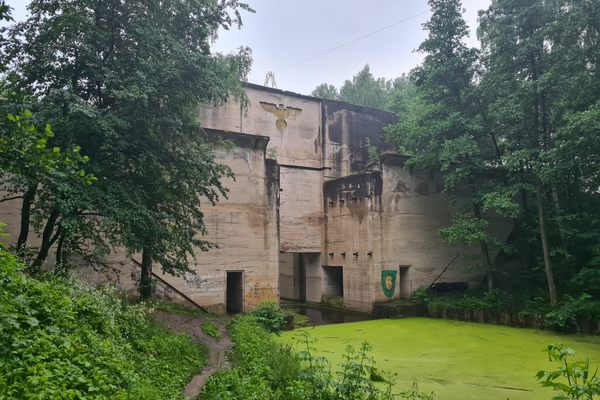About
From 1829 to 1924, the Morris Canal was the primary way to get coal and other industrial goods to New York City from upstate Phillipsburg, New Jersey. While the remaining mouth of the canal now serves as a marina and scenic waterway, in its heyday the Morris Canal was a marvel of engineering, enabling water travel for industrial materials as well as supplies for towns along the way.
The canal runs for a total length of 107 miles, and a total elevation change of more than 900 feet. To cross the hills of northern New Jersey, it made use of water-driven inclined planes—the first canal in the United States to do so. The Morris Canal was built primarily to move coal and was heavily used through the 1870s. But as other forms of transportation became easier, the need for the canal faded. In 1922, it was taken over by the state of New Jersey, and then in 1924, it was formally abandoned.Take a walk to the Hudson River along Morris Canal park, you will have both a wonderful view of lower Manhattan, the Statue of Liberty, New Jersey Railroad, and a short riverfront that is not built up and gives a bit of a sense of how the river may have looked before the banks were built up in more recent decades.
Oh, and on your travels, look out for other short, remaining portions of the canal that can still be seen, such as one of the remaining planes (the segments of the canal where the elevation changes) at Waterloo village in Sussex County, New Jersey.
Related Tags
Community Contributors
Added By
Published
June 11, 2021
